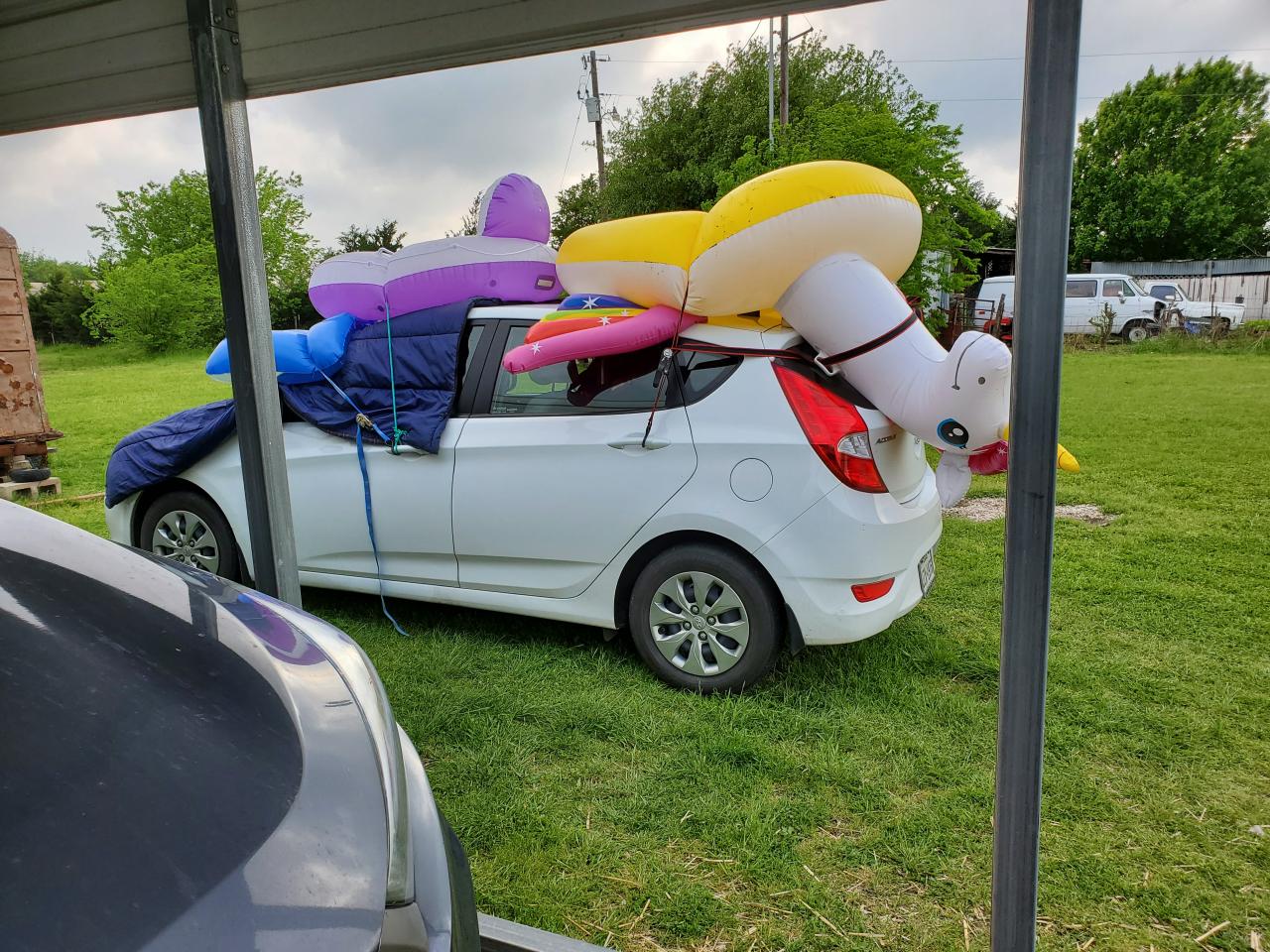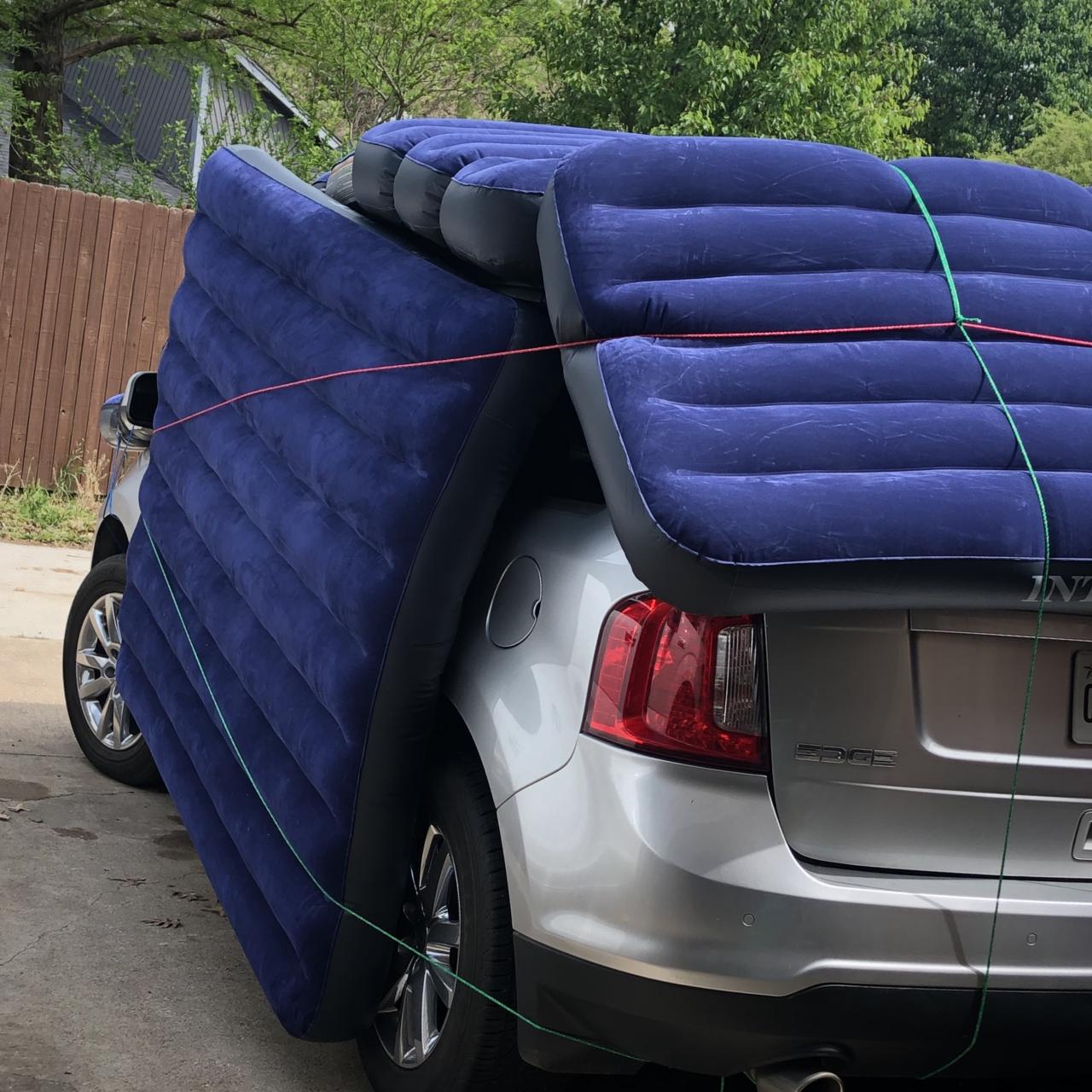How to protect car from hail without garage – When faced with the threat of hail, protecting your car without the luxury of a garage can be a daunting task. However, with the right strategies, you can safeguard your vehicle from costly damage. This guide will delve into effective methods for shielding your car from hail’s wrath, ensuring its pristine condition.
From utilizing protective coverings to seeking shelter and employing DIY solutions, we’ll explore a comprehensive range of options to keep your car safe during inclement weather.
Covering Your Vehicle
Protect Your Car from Hail Without a Garage, Essential StrategiesIn the absence of a garage, covering your car with protective materials is a crucial measure to safeguard it from hail damage. Employing tarps or blankets as a covering offers a cost-effective and accessible solution.
To enhance the protective capabilities of the covering, consider using multiple layers. This multi-layered approach provides additional cushioning and reduces the likelihood of hail penetrating the protective barrier. Secure the covering firmly to prevent wind damage. Utilize bungee cords, ropes, or straps to fasten the covering tightly around the vehicle, ensuring it remains in place even during strong gusts.
Securing the Covering
- Bungee Cords:Bungee cords offer flexibility and ease of use. They can be attached to various points on the vehicle and the covering, providing a secure hold.
- Ropes:Ropes are another effective option for securing the covering. They can be tied around the vehicle’s frame or roof rack, providing a strong and stable hold.
- Straps:Straps, particularly those made of durable materials like nylon, provide a snug fit and excellent protection against wind damage.
Utilizing Padding Materials
Protecting your car from hail damage requires additional measures beyond covering it with a tarp. Placing soft materials between the car and the tarp acts as a crucial buffer, absorbing the impact of hailstones and minimizing the risk of dents and scratches.
Foam, Towels, or Bubble Wrap
Foam, towels, and bubble wrap are excellent choices for padding materials due to their cushioning properties. These materials help absorb the energy of hailstones, preventing them from damaging the car’s exterior. Foam sheets can be cut to size and placed strategically around the car, while towels can be draped over the roof, hood, and trunk.
Bubble wrap provides an additional layer of protection, especially for vulnerable areas like the windshield and side mirrors.
Distribution of Padding
Evenly distributing the padding materials is essential for maximum protection. Ensure that all areas of the car are covered, including the roof, hood, trunk, and sides. Pay special attention to curves and edges, as these areas are more susceptible to hail damage.
By creating a thick layer of padding, you can significantly reduce the chances of dents and scratches, safeguarding your car from the damaging effects of hail.
Finding Shelter
When confronted with impending hail, locating secure shelter for your vehicle is crucial. Parking beneath bridges or overpasses provides an effective solution, as these structures offer ample overhead protection.
Garages and carports are ideal shelters due to their enclosed nature, which effectively shields your vehicle from hail impact. However, if these options are unavailable, seek alternative locations with overhead protection, such as parking beneath large trees or awnings.
Additional Shelter Options, How to protect car from hail without garage
- Parking Underneath Large Trees:While not as protective as garages or carports, large trees can provide partial shelter from hail. Park your vehicle beneath the tree’s canopy to maximize coverage.
- Seeking Shelter Beneath Awnings:Similar to trees, awnings offer limited but effective protection from hail. Position your vehicle directly under the awning for optimal coverage.
Hail-Resistant Car Covers
In areas prone to hail, specialized car covers offer an effective layer of protection against the damaging effects of hail. These covers are designed to withstand the impact of hailstones, minimizing dents and scratches.
Hail-resistant car covers are typically made from durable materials such as polyester, nylon, or canvas, which are treated with UV-resistant coatings to prevent fading and deterioration. They often incorporate multiple layers of padding to absorb the impact of hail, with the outer layer providing water resistance and the inner layer providing cushioning.
Selecting the Appropriate Cover
When choosing a hail-resistant car cover, consider the following factors:
- Vehicle size:Ensure the cover fits snugly over your vehicle, leaving no exposed areas.
- Hail size:Choose a cover rated for the size of hailstones common in your area.
- Durability:Look for covers made from high-quality materials that can withstand repeated exposure to hail.
- Breathability:Choose a cover that allows moisture to escape, preventing condensation from accumulating beneath the cover.
Using DIY Protective Structures

When you don’t have access to a garage, building a temporary structure to protect your car from hail is a viable option. These structures can be made using wood or metal frames and covered with tarps or blankets for added protection.
Constructing a Basic Frame
To construct a basic frame, you’ll need wooden planks or metal pipes, connectors, and a tarp or blanket. Assemble the frame by connecting the planks or pipes together using the connectors, creating a structure that is large enough to cover your car.
Ending Remarks

Protecting your car from hail without a garage requires careful planning and proactive measures. By implementing the strategies Artikeld in this guide, you can minimize the risk of damage and maintain the value of your vehicle. Remember, timely action and proper preparation are key to safeguarding your car from the elements.
Frequently Asked Questions: How To Protect Car From Hail Without Garage
Q: What is the most effective way to protect my car from hail without a garage?
A: Utilizing multiple layers of protective coverings, such as tarps or blankets, combined with soft padding materials like foam or bubble wrap, provides optimal protection.
Q: Can I create a DIY protective structure for my car?
A: Yes, constructing a temporary frame using wood or metal and covering it with tarps or blankets can offer additional protection from hail.
Q: Where can I find shelter for my car during a hailstorm if I don’t have a garage?
A: Explore parking under bridges or overpasses, seeking shelter in garages or carports, or identifying alternative locations with overhead protection.